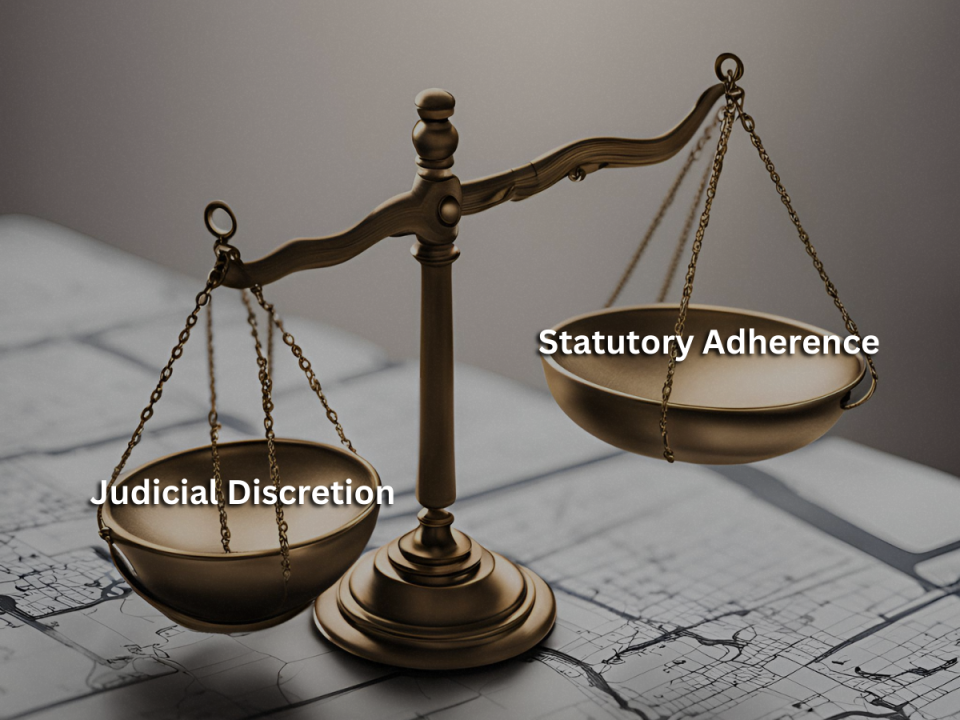blogs
The Supreme Court of India recently delivered a landmark judgment in the case of BRS Ventures Investments Ltd. v. SREI Infrastructure Finance Ltd. & Anr, making it clear that a guarantor’s payment can’t Protect Debtors from CIRP. This ruling sets a precedent that part payments by guarantors do not absolve debtors of their full debt […]
The NCLAT Upholds Appeal in Insolvency Case recently issued a significant decision in the case of Innovators Cleantech Pvt. Ltd. versus Pasari Multi Projects Pvt. Ltd. In this ruling, NCLAT upheld the appeal in the insolvency case despite several procedural and substantive issues, including delays in filing the appeal and the condonation of delay. The […]
In a strong regulatory move, the IBBI Suspends Insolvency Professional for 2 Years This severe measure follows the failure of IP to properly manage the insolvency resolution of UM Green Lighting Private Limited, showing the commitment of the Regulator to maintaining high standards in the insolvency process. Background of the Case The issues started when […]
In an important disciplinary move[1], the Insolvency and Bankruptcy Board of India (IBBI) Suspension of Registered Valuer for a year. It was done to maintain integrity and adherence to professional standards. This decision followed multiple violations, including misleading declarations and unauthorized use of IBBI’s logo and name. Detailed Background of the Case The registered valuer […]
The National Company Law Appellate Tribunal (NCLAT) recently delivered a judgment concerning the application of Section 33(5) of the Insolvency and Bankruptcy Code, which mandates prior approval from the Adjudicating Authority for any legal proceedings initiated by a liquidator post-liquidation. This case, involving RMOL Engineering and Offshore Ltd., Company Appeal (AT) (Insolvency) No. 690 of […]
In the rapidly changing landscape of modernization and technology, many companies face challenges related to their financial stability. An Insolvency Professional is crucial in managing these challenges under the Insolvency and Bankruptcy Code (IBC) of 2016 in India. Their primary focus is on the revival and restructuring of financially distressed companies. This blog explores the […]






